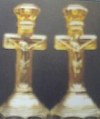US Glass - Part 2
UNITED STATES GLASS - Part II
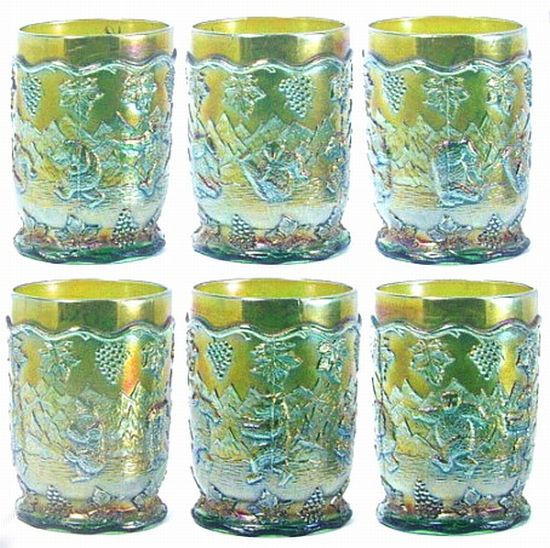
The SIX Sides to FROLICKING BEAR
FROLICKING BEARS TUMBLER: The photo we show here is taken from one of the early David Doty Calendar books he produced. This is the only photo we know of which displays the Bears at Frolic in greatest detail.
Rare is the year when two of these “bouncing bear” tumblers frolic onto the auction arena, but then, there is always something new under the umbrella of Carnival Glass, we find!
In March 1999, when a sprightly gentleman from Massachusetts paid $12,000 for one such at the brilliant Gallo sale in Ohio, all who watched the purchase surely thought it was a “once-in-the-life-of-a-collector-type-happenstance”. Bob Smith and Jack Adams sat side by side during the bidding. Bob had come to buy it……….and buy it he did! In the years leading up to that sale, such treasures as this, had changed hands privately; perhaps even behind closed doors?
Then, “what to our wondering eyes should appear”…..another tumbler full of bears from the Joe Corrothers auction was sold at a Reichel sale in Boonville, MO - for $15,000!
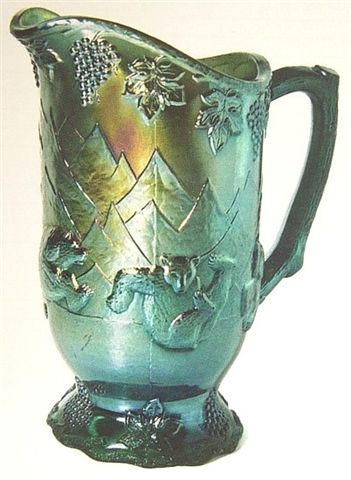
FROLICKING BEARS PITCHER
FROLICKING BEARS PITCHER: There is a nice green pitcher displayed in a Texas collection, as well. It was valued at $8500 back in the `80s. It is a footed pitcher, having a handle resembling a tree branch. Tumbler and pitcher would rate #3, at least, in the top ten green items found in vintage carnival glass.
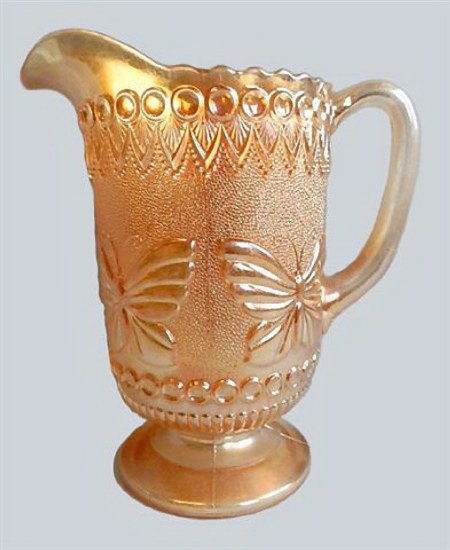
BIG BUTTERFLY Pitcher - Marigold.
Only one known. Sold for $1200. on 6-14 - Cracked handle.
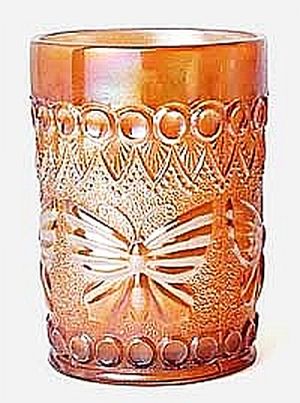
BIG BUTTERFLY tumbler
BIG BUTTERFLY TUMBLER: One of the most expensive tumblers known. Scarcity and desire equal BIG BUCKS for this one. $4000 in trade and cash in the mid-80s for one of these pale amber-like marigold treasures was quite a sum during those years! Cecil Whitley, who wrote a great book on tumblers provided a nice article about her example for an issue of the San Diego Carnival Glass newsletter in the 1980s. Tumbler collectors are somewhat akin to bon-bon collectors. You really must admire the shape to get involved. Cecil commented some years ago that her book on tumblers is the only book on record where the author sold the books for less than it cost to print them! She has a great sense of humor about the lack of interest; agreed? UPDATE: Sept. 1998 San Diego Newsletter-by Cecil Whitley. I had not intended to write about the Big Butterfly tumbler as I had done so previously, but recently some questions have surfaced that I would like to lay to rest.
The Big Butterfly is an unusual tumbler and the design, to my knowledge, has not been found in any other shape including the pitcher. It was made by the U.S. Glass Company that also made the Frolicking Bear.
The marigold Big Butterfly is the only one known, contrary to several late reports. In the late eighties, four green tumblers in this pattern were found. We have one of these which we purchased in 1990 from John Britt.
Mr. Britt sold the only known marigold Big Butterfly to us in 1978. In an article in the HOACGA Bulletin, Mr. Britt traces the sale of the tumbler back through 5 owners to the 50s when it sold for $8.50. It sold in 1978 for a record tumbler price. I consider it the most valuable tumbler in our collection because of its rarity and because of the unusual beautiful amber-like marigold color. The mold work is excellent and the iridescence superior.
The addition of the Butterfly to our collection marked the beginning of our serious search for unusual tumblers. I know that John said that he shed a few tears at that sale. It started the break-up of his fine collection. He continued to buy every good tumbler he could find but only to sell.
A super find would be a marigold Frolicking Bears tumbler and it could exist. The green Bear and green Big Butterfly are almost exactly the same color and as they were made by the same company, maybe it will happen! This pattern can also be found in crystal.
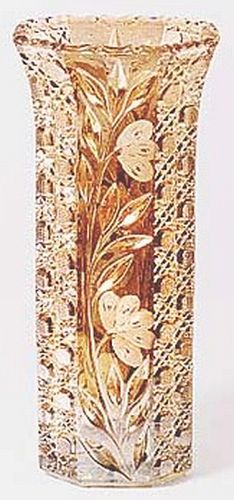 |
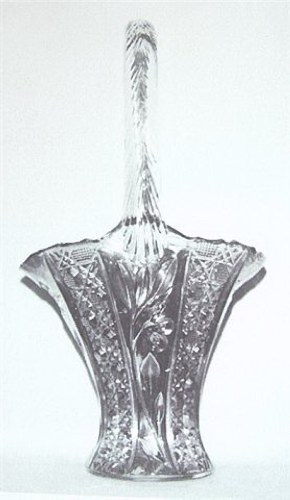 |
CANE and DAISY CUT VASE
|
PANELED DAISY and CANE Basket
|
CANE and DAISY CUT: This large vase has repeatedly been attributed to Jenkins Glass. The weight, thickness of glass, wheel-cut design, are all very much like the CUT FLOWERS Vase. It measures 10 ¼” high. The top opening flares slightly, to a width of 4 ¾”. The only color seen or reported is marigold. A figure of 12 pointed petals is deeply impressed on the under-side of the base. There is also a lovely, large size basket of the same design.
Following extensive diggings and search at the Jenkins Glass Company site in Arcadia, IN, the leading researcher of Jenkins Glass, Kay Riley, has told us that no shards were found of this design. In looking over her vast collection of pieces made by Jenkins, there are no patterns of this type. Kay believes, along with others who have helped with the research, that this vase is of United States Glass origin.
PANELED DAISY and CANE BASKET: is a very rare specimen indeed. None are on record as having sold in recent years. It measures 11” to the top of the handle. The handle extends upward 5” from the top of the basket edge. The top opens to 6” at the widest point and 3 ½” across from the base of the handle. Top edge is notched, rather than having a smooth top edge as most baskets do. The base is 3 ¼” in diameter. There is an eight point star on the underside. Four panels are designed with cane and four alternating panels feature daisy and leaves, covering the entire outer surface. The interior is smooth. Both inside and outer surfaces are iridized marigold. The Presznick Book 4 illustrates this basket on page 57. Mrs. Presznick states that this basket has been found in two sizes. She mentions that the manufacturer is unknown. John & Lucile Britt researched the basket, offering the above information.
NOTE: We submit that a likely scenario places this squarely within the realm of US Glass manufacture. The design is so much like Cane and Daisy Cut vase, they must have come from the same factory. We shall let you decide.
UPDATE - June, 2011 - Paneled Daisy and Cane Basket
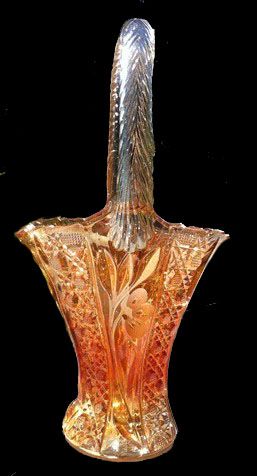
PANELED DAISY and CANE Basket
PANELED DAISY and CANE Basket: Said to be only one or two of these 11” marigold basket examples. A viable clue to this being true: Originally, the basket was produced in cut work on clear glass. An after-market application of marigold spray was applied, covering all cut work with color in that process. (IF) the marigold had been used in the basket production process, then etched/cut; all design openings would have NO color.
This basket has been seen in recent years in a soft green glass.
Note: Seeck Auctions sold a basket like this in 1994 when John & Lucile Britt sold a collection. It brought $155.
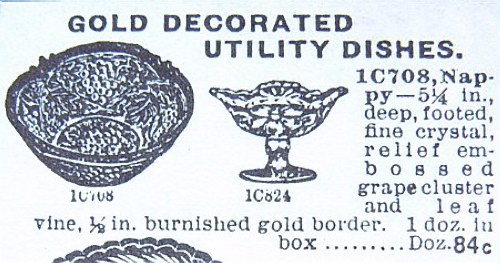
PALM BEACH Bowl and MINIATURE INTAGLIO
Noted in Butler Bros. Wholesale Ad-MID-SPRING 1911
Butler Bros. Ad illustrates a Palm Beach bowl and a Min. Intaglio decorated in gold. A time of production for the marigold INTAGLIO is not known. Some of the iridized Palm Beach Rosebowls are found with a gold decorated rim and others are known to have a silver rim.
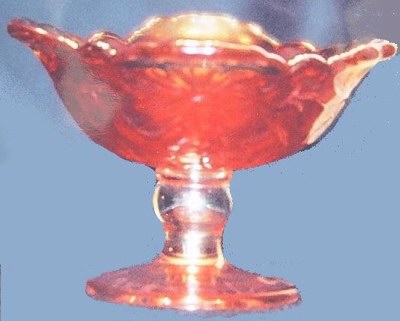
MINIATURE INTAGLIO or WILD ROSE
MINIATURE INTAGLIO: These little cuties have always been considered rare. Over our 30 years of “pursuit”, we have seen or heard of fewer than a dozen, actually. Another name for these little nut or almond cups is Wild Rose Wreath. Perhaps Rose Presznick issued that name? They all seem to carry a painted advertising on the foot. The one owned by Gail Westphall says: Souvenir Willow Lakes S.D. The example sold in the Rottschaefer collection at the 2004 ICGA Convention auction says: Souvenir Viroqua, Wis.
At least one example in peach opal is known, but other than the very early ones which are crystal clear with gold painted trim, the only carnival color is marigold. They stand 2 ¼” - 2 ½” tall, have a base of only 1 ¾” in diameter. The shape of the top can vary from round to square. They are advertised in the Butler Bros. Catalog as a stemmed almond.
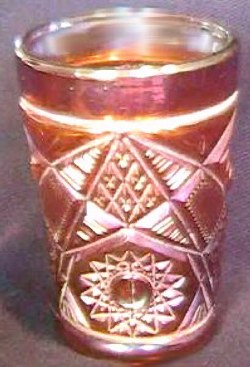
OMNIBUS-aka-QUEBEC
OMNIBUS-aka: QUEBEC: The question was recently posed as to the reason for use of the Quebec name? Janet Knechtel responded with the answer. Seems she found one of the tumblers in a shop in Sherbrooke, Quebec some years ago, suggesting to the shopkeeper that a photograph of the tumbler should be sent to John & Lucile Britt since they held great interest in tumblers. When John received the photo, he immediately tagged with the name Quebec, since that was his source. At that time no other tumbler in the pattern had surfaced.
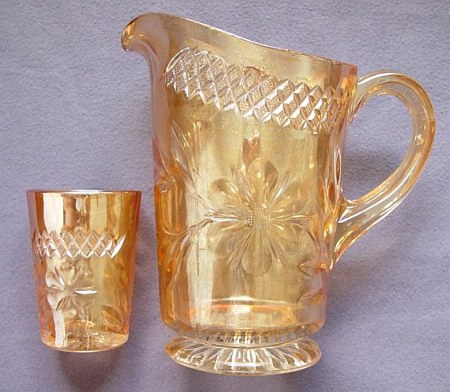
DIAMOND & DAISY CUT
DIAMOND and DAISY CUT: This is a 1920's-Depression era pattern only found in marigold. Other than the water set, which is of fairly heavy glass, a butter dish and compote shape are known. Some have attributed the pattern to Jenkins Glass but no shards were ever found at the Jenkins plant in Arcadia, IN.
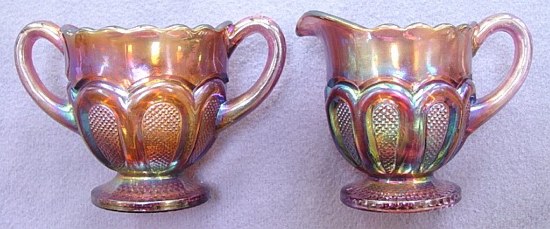
TEXAS LOOP-in the States Series from US Glass
TEXAS LOOP Toy (or Tiny) Breakfast Set: Many of the States in the Union were represented in a series of patterns introduced over a period of time from U.S. Glass Co. This small amethyst set in the Texas Loop design is the first of its kind to be found in carnival glass. It surfaced in mid 2004 in the Pacific Northwest region.
We are quite pleased to share it with you here. So far as we know, the set has never appeared in any book on carnival glass to date. YES! This is vintage carnival glass! Each piece is 3 1/8” tall with a base diameter of 2”.
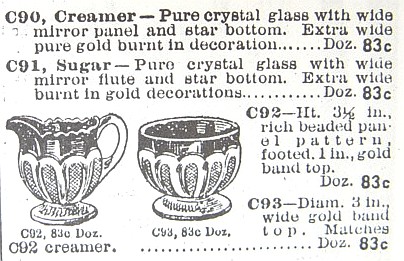
April 1906 and Spring 1906 Butler Bros. Catalogs illustrated these pieces in the Loop design
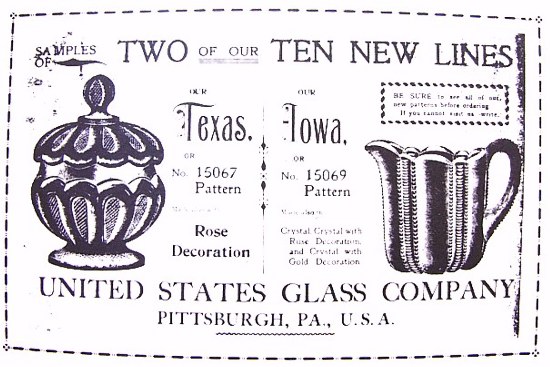
U.S. Glass ad (taken from a U.S. Glass Review),
showing 1900 TEXAS and IOWA patterns in the States series.
UPDATE: Aug. 2010
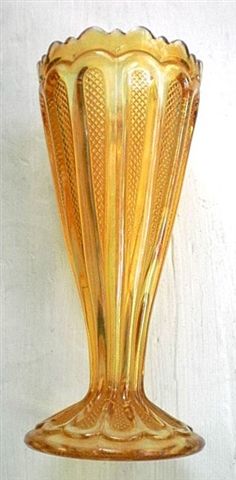
TEXAS LOOP- 7 in. tall in Amber.
Courtesy Lance and Pat Hilkene
This lovely amber vase turned up during the www.cga convention. The keen eye of longtime collector Lance Hilkene spotted it in an individual sales booth. Rare as they are in carnival glass, the small amethyst breakfast set has been the only known item in the pattern found iridized. This latest “find” from U.S. Glass is certainly a “keeper”!
For more about US Glass, please see:
Dean & Diane Fry-12/04
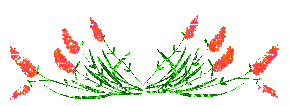
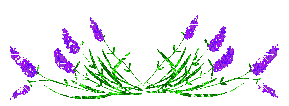
>INSIGHT<
In the 16th century, German theologian Martin Luther was ready to participate in an academic
debate. Soon he realized that some papers he had published about Scripture and salvation had gotten
him in trouble with church officials. He was asked, “Are these your writings and will you recant?” His
response reveals the heart of a man gripped by the Word of God: “Unless I am convinced by Scripture and plain reason ,,,, my conscience is captive to the Word of God. I cannot and I will not recant anything, for to go against conscience is neither right nor safe. God help me.” Opposition actually strengthened his resolve to be loyal to the Bible. In every generation, God is looking for those whose loyalty rests with the Word of God amid opposition.


Should you care to contact the Frys, their email address is:
Search Our Sites
back to Carnival Glass 101
Our other sites you may enjoy:
Everything you EVER wanted to know about Indiana Glass
Great Reference for Newer Carnival Glass.
Complete Glassware Catalogs Available to Download
Questions? Comments? Suggestions? Broken Links? Corrections?
Your Friendly Webmaster is here to help!
